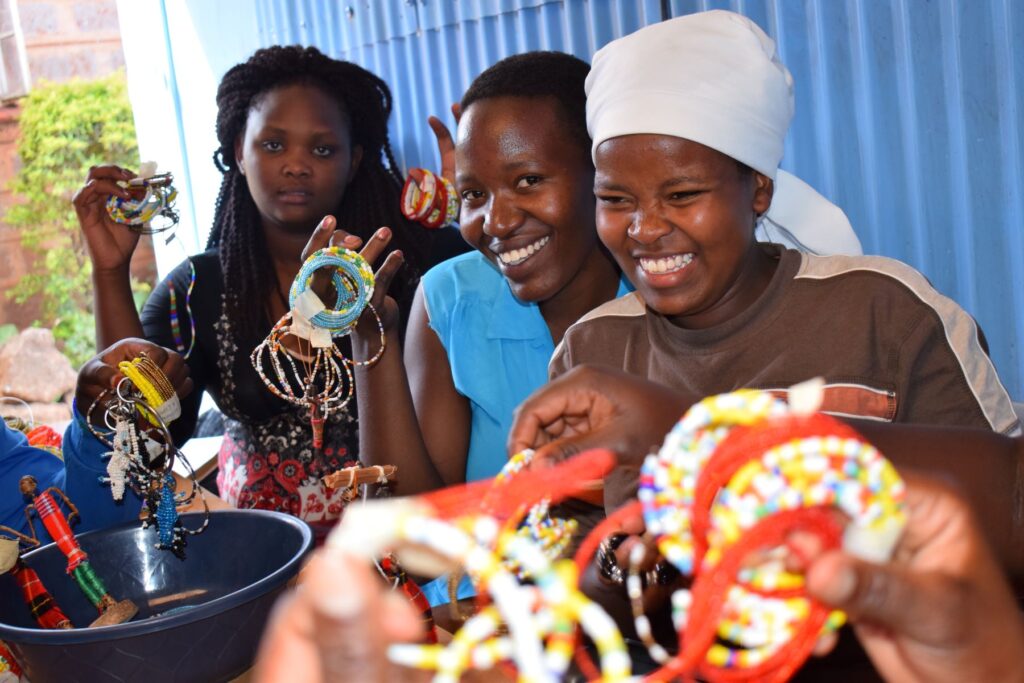Hotline: 0800 722 970
/ Info: 0708555666
- Email: info@amurtafrica.org
- Address: 209 Mountain View Estate, Nairobi

The Afya Jijini program aims to improve the institutional capacity and management of health service delivery through the implementation of HIV programming activities and maternal and child health, nutrition, and water, sanitation, and hygiene services at the county level.
Building on the success of USAID’s APHIAplus program, Afya Jijini has worked to improve health outcomes among target populations in Nairobi County and Kiambu, Nyandarua, Meru, Tharaka Nithi and Embu counties in the Mount Kenya region. Afya Jijini’s mission is to improve and increase access to and the utilization of quality health services.
The program supported the provision of quality services in HIV care and treatment and PMTCT services offered to meet the overall project objective of increasing access to and utilization of HIV health services in Nairobi City County. AMURT as Afya Jijini sub-grantee worked with facilities to improve upon existing facility- and community-based structures to increase utilization of HIV diagnostic, care, treatment, and support services across the continuum of care.

improving lerning outcomes for marginalized girls in Kenya
The project’s main objective was to support facility-based adherence and psychosocial support groups (PSSGs) for PLHIV in 29 Afya Jijini-supported high and medium volume health facilities in Nairobi County, with the following three sub-objectives:

Lorem ipsum dolor sit amet, consectetur adipiscing elit.

Lorem ipsum dolor sit amet, consectetur adipiscing elit.

Lorem ipsum dolor sit amet, consectetur adipiscing elit.
Hic commodo odio pharetra magni aliquet posuere aptent mus leo class urna.
Error: Contact form not found.